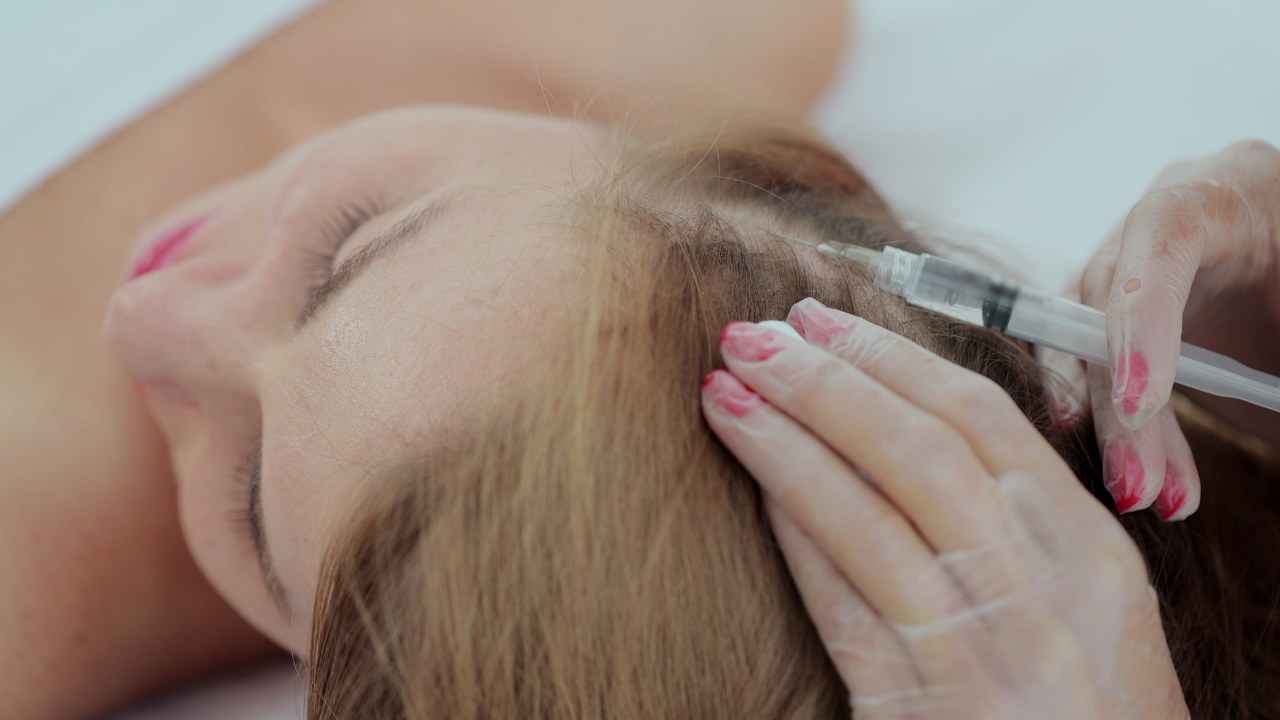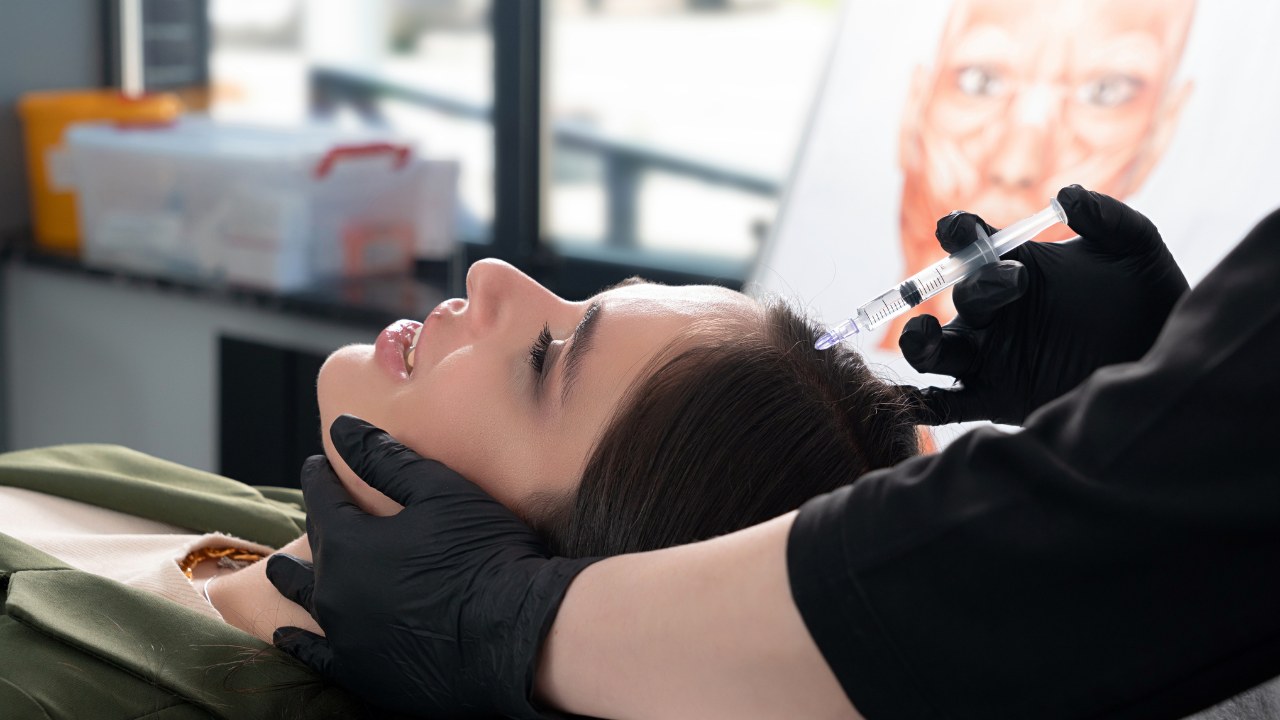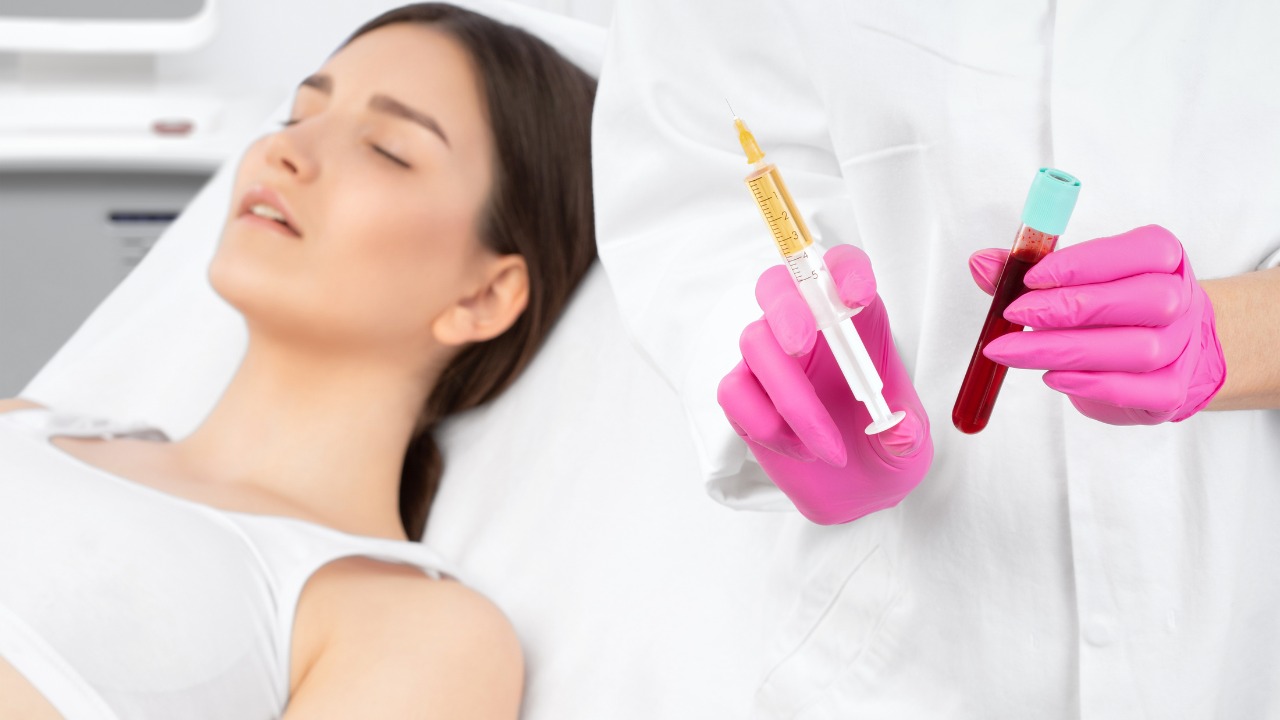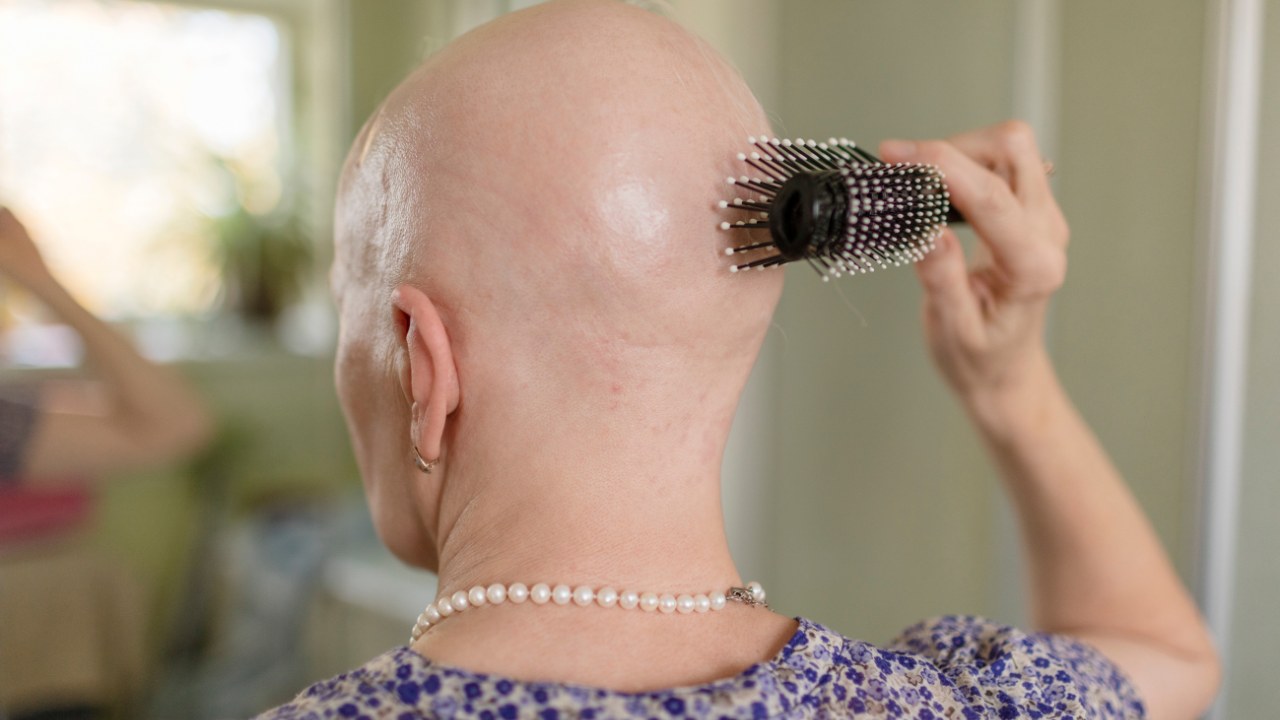Picture this: you’ve set a goal, put in the hard work, and finally, after months of dedication, the pounds start to shed. Your energy is up, your clothes fit better, and you feel lighter on your feet.
But then you notice something unexpected—your skin isn’t bouncing back the way you’d hoped. Instead, it’s looser, less firm, and not matching your new physique. This scenario is more common than you might think and is a challenge many people face during their weight loss journey. If you’re here, you’ve likely wondered whether collagen can help tighten that loose skin. Let’s dig into that.
What Causes Loose Skin After Weight Loss?
When you gain weight, your skin stretches to accommodate the new fat underneath. Over time, if you’ve carried that weight for a while, your skin’s elasticity can diminish. This is similar to how a rubber band stretched for too long doesn’t snap back to its original shape as quickly.
The loss of elasticity is influenced by age, genetics, and how much weight you lose and how quickly you lose it. Your skin’s main components, collagen, and elastin, are crucial in determining how well it bounces back. When these components are compromised due to aging or other factors, your skin may not return to its former tightness, leading to that loose, sagging appearance post-weight loss.
Can Collagen Help With Loose Skin?
So, where does collagen fit into this picture? Collagen is a protein that your body naturally produces, and it’s responsible for keeping your skin firm, smooth, and resilient. As we age, our bodies produce less collagen, which is one reason we start seeing more wrinkles and sagging skin.
The idea behind using collagen supplements is that by increasing the amount of collagen in your body, you can improve your skin’s elasticity and reduce the appearance of loose skin after weight loss. But does it really work?
Research suggests that collagen supplements boost skin elasticity and hydration, key factors in minimizing loose skin. These supplements, usually derived from animal sources like bovine or marine collagen, provide your body with the building blocks needed to create new collagen. By incorporating them into your routine, you may notice firmer, more resilient skin over time.
However, it’s important to manage expectations. Collagen supplements aren’t magic pills that will instantly tighten loose skin. They work best when combined with other healthy habits, and the results can vary from person to person.
How to Take These Supplements
If you’re considering adding collagen to your routine, you’re probably wondering how to take it for the best results. Collagen supplements come in various forms—powders, capsules, and even liquid. The most popular is collagen powder because it’s easy to mix into smoothies, coffee, or even water.
For optimal results, consistency is key. Most studies suggest taking collagen daily for at least a few months to see noticeable changes in your skin. The good news? It’s relatively easy to incorporate into your routine. Just scoop, mix, and enjoy.
It’s also worth mentioning that while collagen supplements are generally safe, it’s always a good idea to talk to your healthcare provider before starting any new supplement, especially if you have underlying health conditions or are pregnant or breastfeeding.
How to Increase Collagen’s Impact on Skin?
Taking collagen supplements is just one piece of the puzzle. To maximize collagen’s impact on your skin, consider integrating other lifestyle practices promoting skin health. Let’s break it down.
Nutrient-Rich Diet
You are what you eat, and this couldn’t be more true when it comes to your skin. Foods rich in vitamins C, A, and E and zinc help support your body’s natural collagen production. Think citrus fruits, leafy greens, nuts, seeds, and berries. These foods provide the antioxidants needed to protect your skin from free radical damage, which can break down collagen.
Bone broth is another powerhouse for skin health, rich in collagen, gelatin, and minerals that are easily absorbed by the body. Integrating it into your diet can support your skin’s elasticity and overall health.
Hydration Is Key
Water is life, and it’s also essential for maintaining healthy, plump skin. Staying hydrated ensures that your skin cells function correctly and can make your skin look more supple and less saggy. Aim for at least eight glasses of water a day, and consider upping that intake if you’re active or live in a hot climate.
Regular Exercise
Exercise doesn’t just help you lose weight; it also boosts blood circulation, bringing more oxygen and nutrients to your skin, which in turn can help it stay firm and healthy. Cardio workouts, in particular, improve blood flow, while strength training helps build muscle mass that can fill out loose skin.
Avoid Rapid Weight Loss
While it might be tempting to lose pounds quickly, especially if you have a specific goal or event in mind, slow and steady wins the race to prevent loose skin. Gradual weight loss gives your skin time to adjust and contract as your body changes, reducing the likelihood of sagging.
Strength Training
Building muscle mass through strength training is another excellent way to combat loose skin. When you lose fat, the underlying muscle can help fill in some of that space, giving your skin a firmer appearance. Incorporate weight lifting or resistance training into your routine at least two to three times a week to see the best results.
At-Home Treatments

In addition to the lifestyle changes mentioned above, several at-home treatments can support your skin’s elasticity and reduce the appearance of loose skin. Here’s a closer look.
Exercise
While we’ve already touched on the importance of strength training, it’s worth reiterating that staying active can make a big difference in how your skin looks. Regular exercise, especially activities that build muscle, can help your skin fit more snugly against your body, minimizing that loose, saggy look.
Compression Clothing
Compression garments aren’t just for athletes. They can help support your skin as it adjusts to your new body shape. Compression clothing provides a supportive environment for your skin, which might help it regain some of its elasticity over time. Plus, it can make you feel more comfortable and confident in your new body.
Diet
We’ve discussed the importance of a nutrient-rich diet, but it’s worth emphasizing that what you put into your body shows up on your skin. A diet high in sugar and processed foods can contribute to inflammation and accelerate skin aging. Instead, focus on whole foods that provide the vitamins and minerals your skin needs to stay firm and healthy.
Firming Cream
While firming creams aren’t a cure-all, they can be a helpful addition to your skincare routine. Look for products that contain ingredients like retinoids, hyaluronic acid, and vitamin C, which can help boost collagen production and improve skin elasticity. Regular application and gentle massage can help you see gradual improvements over time.
Is It Possible to Avoid Loose Skin After Weight Loss?
The short answer? It depends. The longer answer involves a combination of factors: age, how long you’ve been carrying extra weight, your skin’s natural elasticity, and how you approach your weight loss journey.
While some degree of loose skin is inevitable after significant weight loss, following the strategies we’ve discussed—gradual weight loss, strength training, staying hydrated, and nourishing your body with the right foods—can help you minimize the impact. And, of course, collagen supplements may give you an extra boost.
Final Words
Losing weight is a transformative journey, one that comes with its own set of challenges and rewards. Loose skin is a common issue that can be frustrating after all your hard work. But don’t let it overshadow your achievements.
Taking steps to improve your skin’s elasticity, whether through collagen supplements, a healthy diet, or exercise, can make a noticeable difference. And remember, your body is a reflection of the journey you’ve been on—embrace it, loose skin and all.
If you’re curious about how collagen can specifically help you in your journey or looking for tailored advice on managing loose skin, why not book a consultation with us? Our experts at PRP Treatment LA can guide you through personalized treatments designed to support your skin’s health and appearance. Take the first step towards a more confident you—schedule your consultation today and discover the power of collagen and beyond!
















